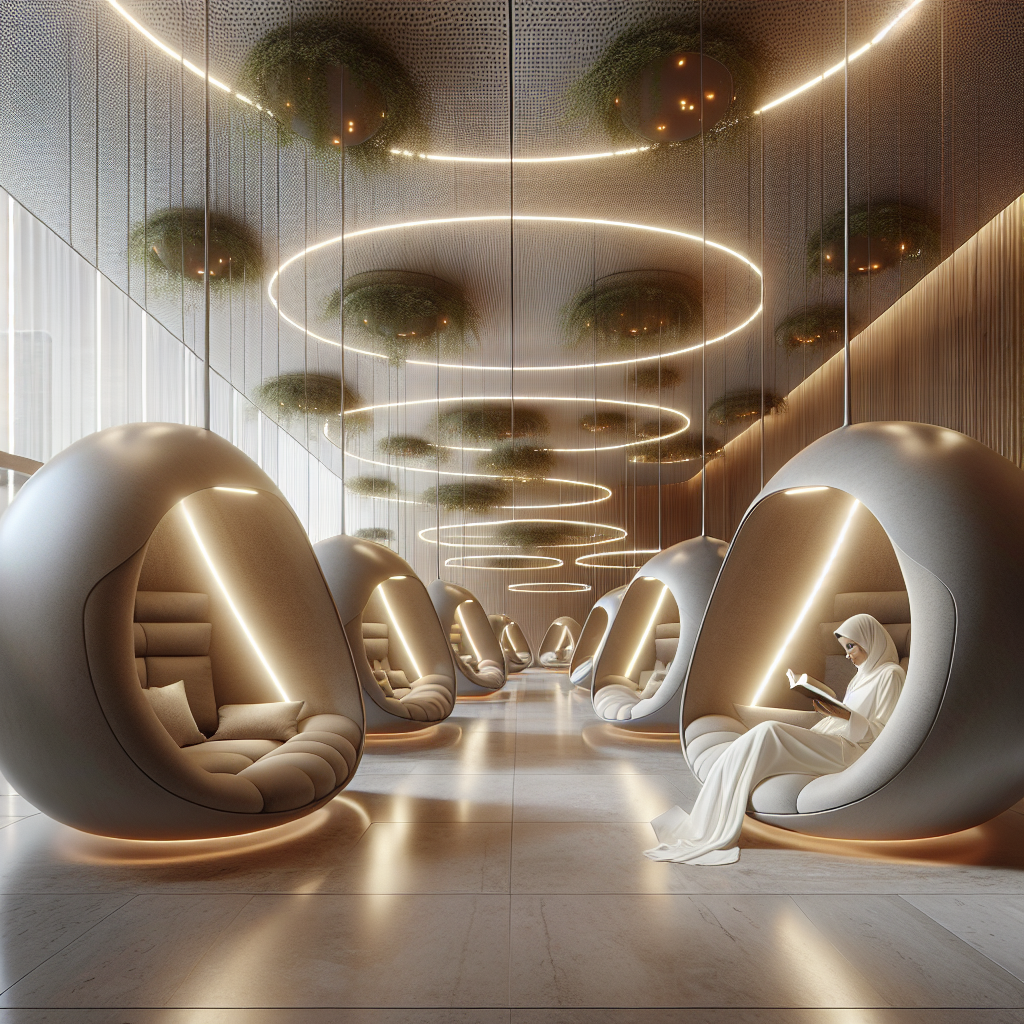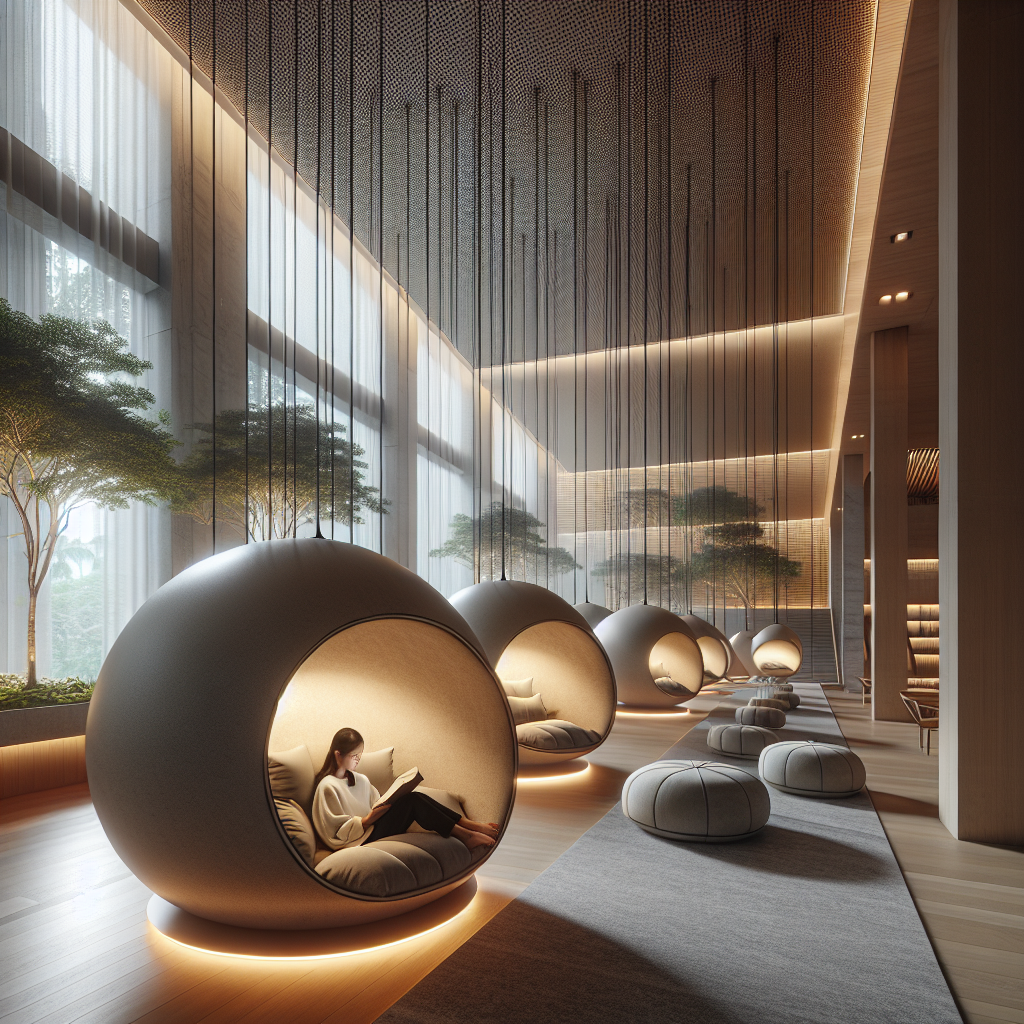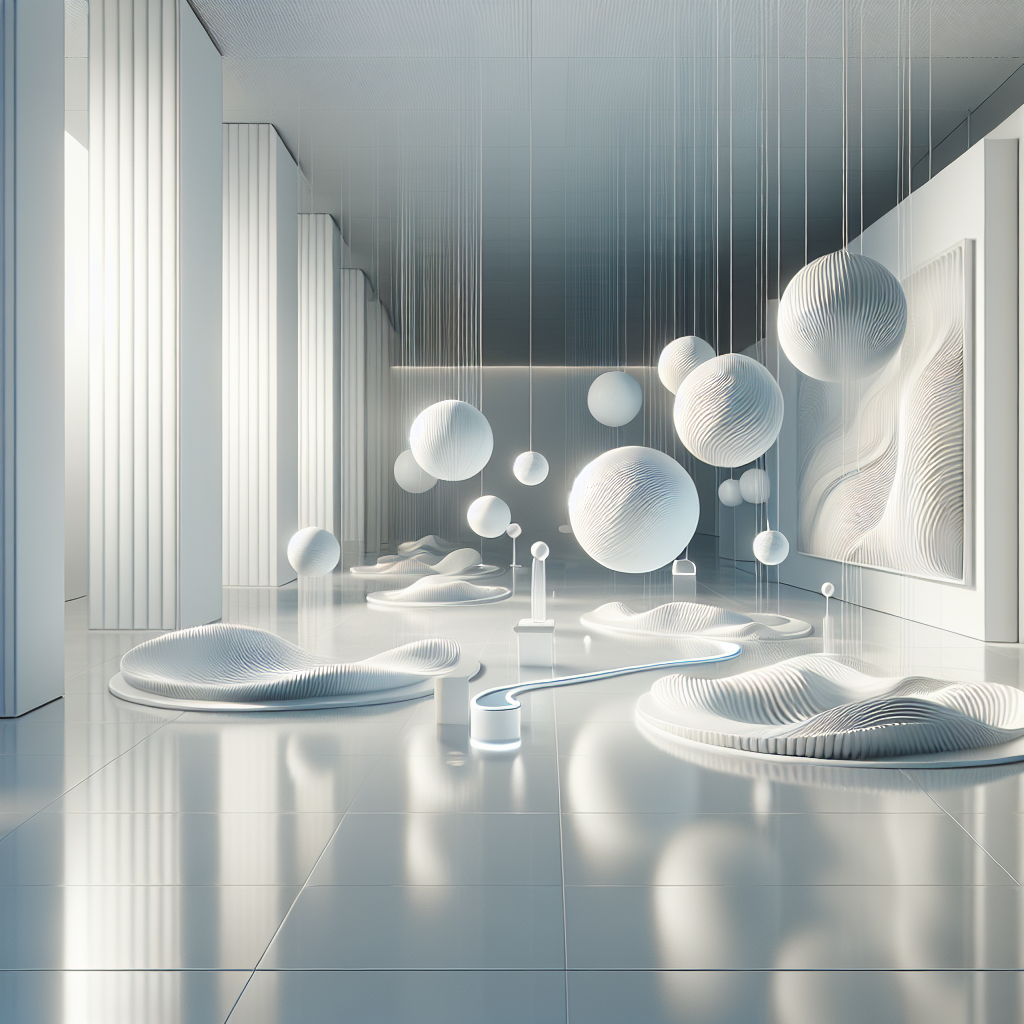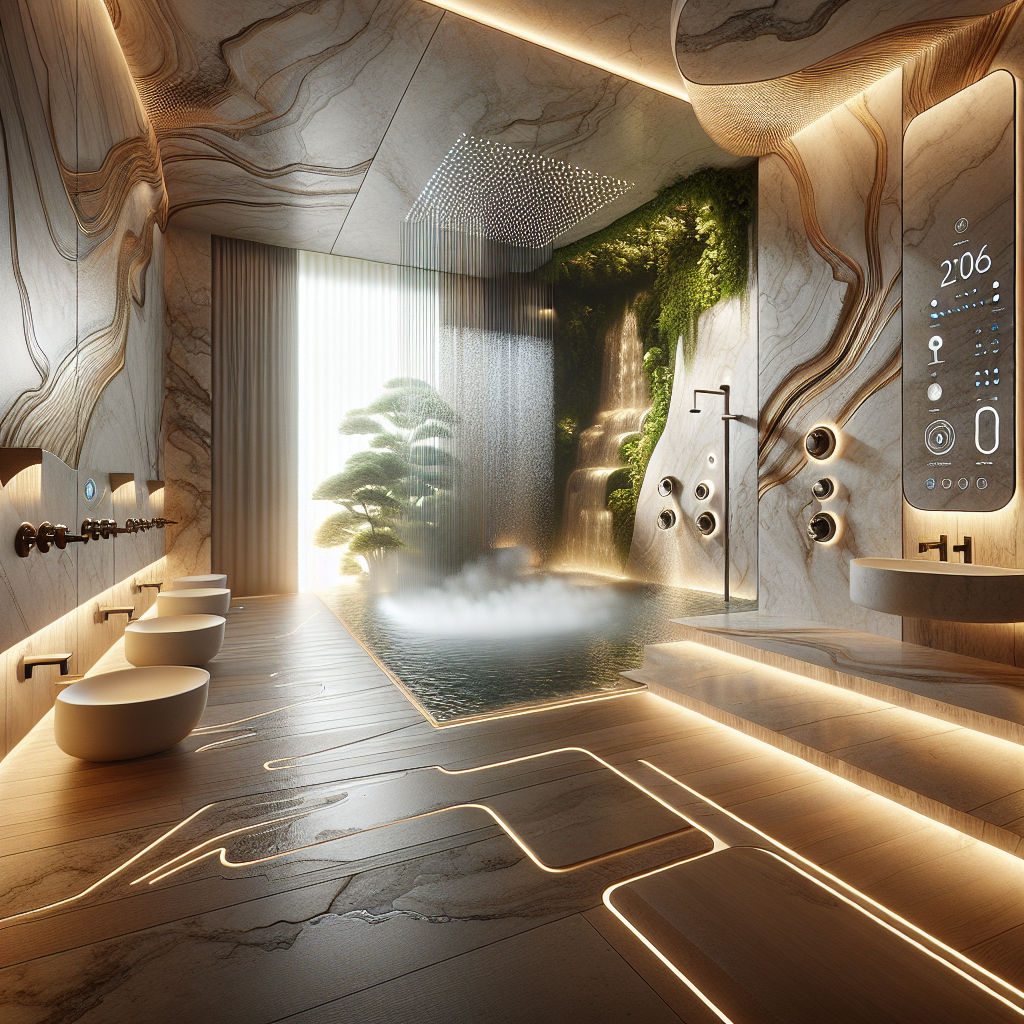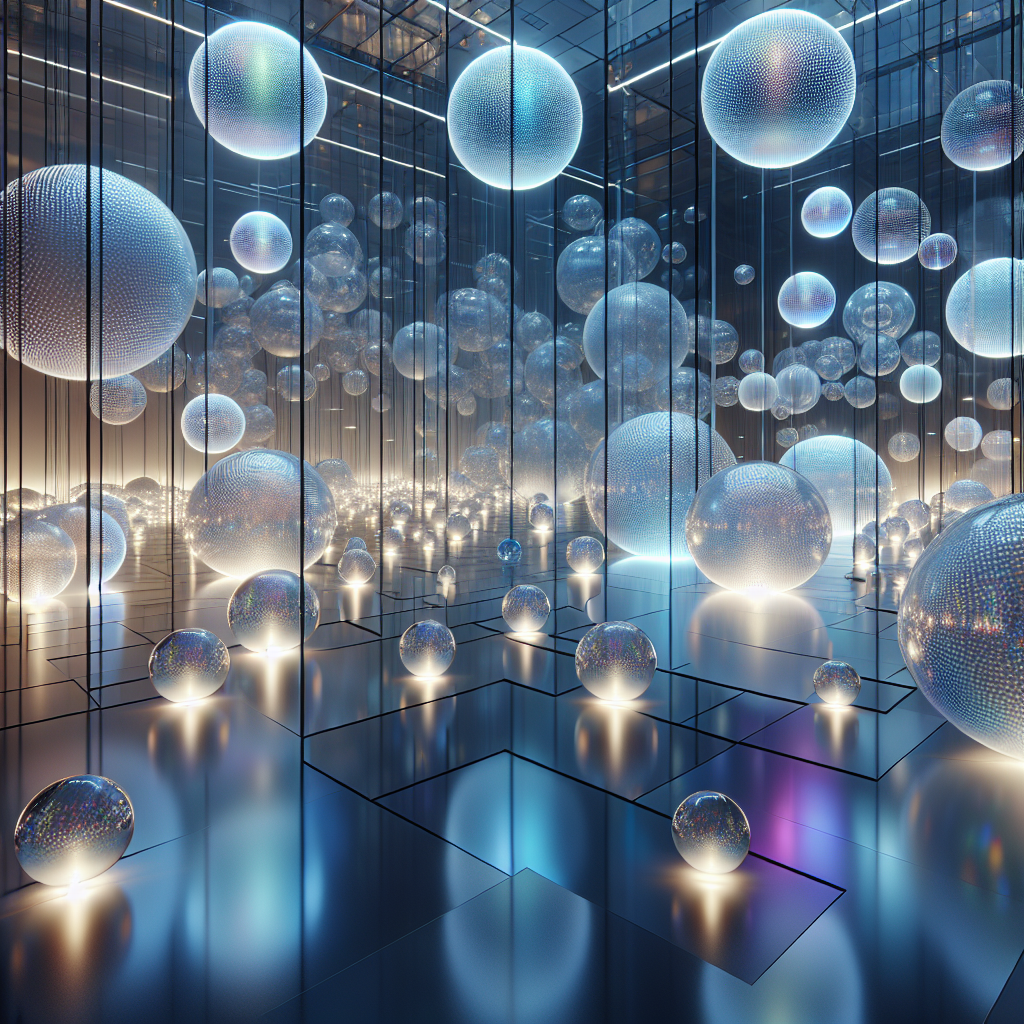Floating reading pods: plush spheres suspended from ceilings
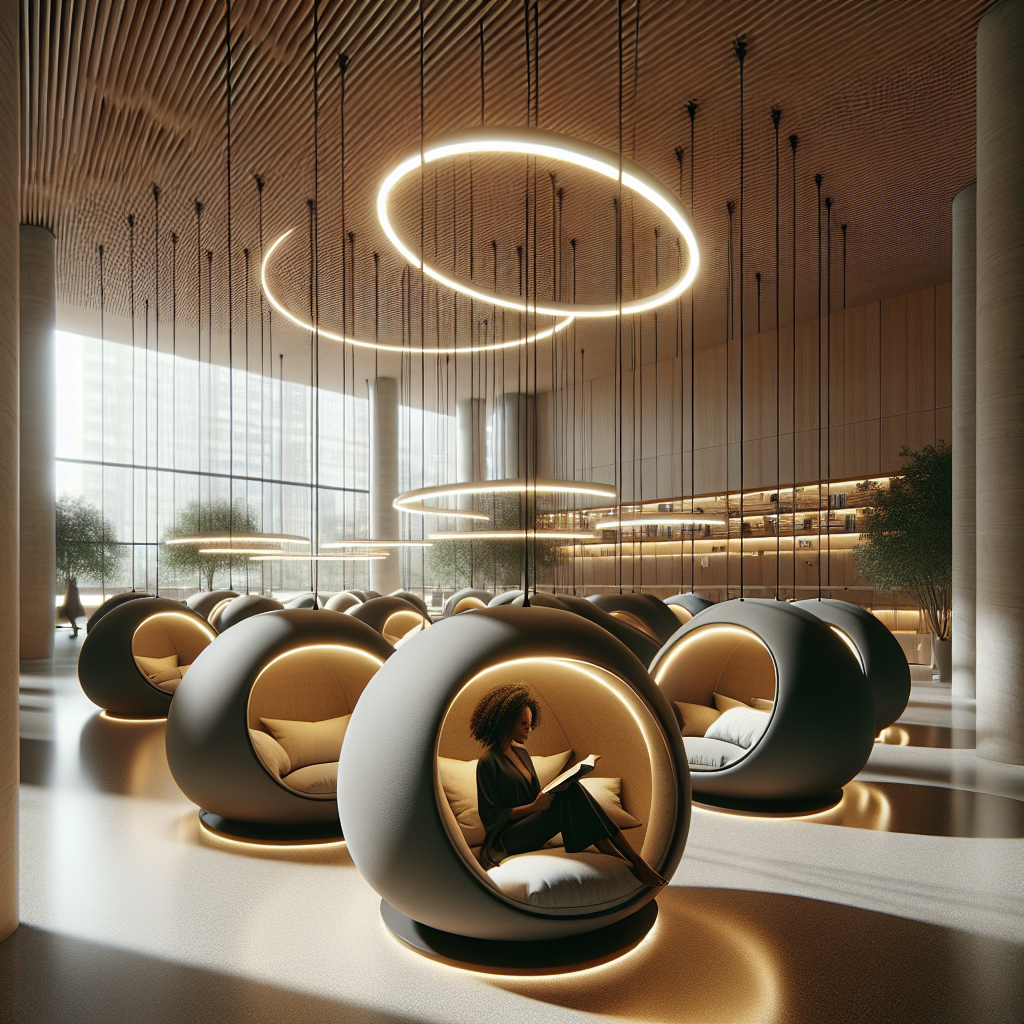
Floating Reading Pods: Plush Spheres Suspended from Ceilings
In the evolving landscape of interior architecture, where comfort meets conceptual innovation, floating reading pods have emerged as a poetic synthesis of solitude, levity, and design precision. These plush spheres suspended from ceilings are not merely furniture pieces; they are architectural statements—microcosms of retreat that redefine how we inhabit space. Blurring the line between furniture and architecture, they encapsulate a growing cultural desire for cocoon-like environments that balance privacy with openness, tactility with technology, and playfulness with sophistication.
The Rise of Suspended Solitude
As urban living densifies and open-plan interiors dominate, the yearning for personal sanctuaries within shared environments has intensified. Floating reading pods answer this call with elegance. Suspended by tensile cables or concealed structural supports, these orbs appear to hover midair—inviting users to recline, read, or simply drift in a state of weightless calm. Their appeal lies in the juxtaposition: the futuristic engineering of suspension paired with the primal comfort of enclosure.
Design studios across Europe and Asia have been experimenting with this typology since the late 2010s, but the concept gained mainstream traction post-2022, when wellness-driven design began to influence residential and hospitality interiors alike. The biophilic design movement further accelerated this trend, emphasizing the psychological benefits of cocooning spaces that mimic natural shelters—nests, caves, or tree canopies. Floating pods, with their soft acoustic interiors and gentle swaying motion, evoke precisely that.
Engineering the Illusion of Weightlessness
Behind the serene simplicity of a floating pod lies a feat of engineering. Most designs employ a combination of lightweight composite shells—often fiberglass or carbon fiber—paired with steel suspension systems anchored to reinforced ceiling joists. Some models integrate magnetic levitation technology or concealed cantilever arms, achieving a near-magical levitating effect reminiscent of floating architecture principles used in contemporary waterfront design.
Acoustic insulation and ergonomic shaping are equally critical. The interior lining typically features memory foam upholstery wrapped in wool, velvet, or recycled felt. Designers like Patricia Urquiola and Nendo have explored tactile contrasts—combining smooth, shell-like exteriors with plush, nest-like interiors—to heighten sensory engagement. Lighting is often integrated: a halo of warm LEDs tracing the pod’s rim, creating a subtle gradient that enhances the illusion of suspension while supporting visual comfort for reading.
Material Innovation and Sustainability
In an era where sustainability defines luxury, the materials chosen for floating reading pods reflect a conscious shift toward eco-responsible design. Many manufacturers now employ biodegradable foams, recycled PET fabrics, and timber reinforcements sourced from certified forests. The structural efficiency of suspended systems also reduces the need for floor-based supports, freeing up spatial flow and minimizing material use.
This approach aligns with the broader movement toward circular economy design, where every component is designed for disassembly and reuse. The pods’ modular nature allows for easy maintenance, reupholstery, or recycling—an essential feature for commercial installations in libraries, co-working hubs, and boutique hotels.
Design Language: Between Cocoon and Capsule
Visually, floating reading pods embody a new lexicon of spatial intimacy. Their spherical geometry references both mid-century modernism and the futuristic optimism of the Space Age. The aesthetic is simultaneously nostalgic and forward-looking—akin to the neo-futurist sensibilities shaping contemporary interiors. The curvature softens architectural rigidity, introducing a sense of fluidity and motion into static environments.
In public spaces, these pods often act as sculptural punctuation marks—floating punctuation in the syntax of interior design. In residential contexts, they become functional art pieces, transforming corners into sanctuaries. The form’s versatility allows it to adapt to diverse settings: minimalist lofts, organic modern villas, or even micro-living apartments where every square meter must perform multiple roles.
Psychological Comfort and Sensory Design
Beyond aesthetics, the appeal of floating reading pods lies in their psychological resonance. Research in environmental psychology and sensory design indicates that semi-enclosed, softly lit spaces can lower stress levels and enhance focus. The gentle rocking motion—akin to a cradle—stimulates the vestibular system, promoting relaxation and creativity. This phenomenon echoes findings from environmental psychology studies linking spatial enclosure with emotional well-being.
Designers are increasingly leveraging these insights to craft interiors that nurture mental health. The floating pod becomes a microcosm of sensory balance: tactile, acoustic, and visual stimuli harmonized into a singular, restorative experience. It’s a spatial antidote to the overstimulation of digital life—a place where architecture invites introspection.
Case Studies: From Libraries to Luxury Homes
Several recent projects illustrate the adaptability of this concept. In the Helsinki Central Library Oodi, custom-designed reading pods hang like luminous bubbles beneath the timber canopy, offering visitors semi-private zones for contemplation. In contrast, the “Cloud Chamber” installation by London-based studio Layer transforms the pod into a communal reading cluster—multiple spheres interconnected by soft bridges, encouraging both solitude and subtle social interaction.
Luxury residences have also embraced the typology. In a Tokyo penthouse designed by Kengo Kuma, a single suspended pod hovers above a sunken tatami platform, merging traditional Japanese spatial restraint with contemporary levitation aesthetics. Similarly, Scandinavian designers have integrated wool-lined pods into alpine chalets, pairing them with panoramic glazing to create suspended observatories for reading and reflection.
Integrating Technology and Comfort
As smart home ecosystems evolve, floating reading pods are becoming more technologically integrated. Some models feature embedded speakers, adaptive lighting, and temperature-responsive fabrics—aligning with the rise of smart home technology in interior design. Motion sensors can adjust lighting intensity based on posture, while built-in USB ports and wireless charging pads discreetly support digital reading habits.
Yet, the most compelling innovations remain those that enhance the sensory experience rather than distract from it. Designers are experimenting with soundscapes—soft ambient tones that respond to movement—and aromatherapy diffusers integrated into the pod’s structure, echoing the principles of sensory design to deepen emotional engagement.
Future Directions: Floating as a Philosophy
The floating reading pod represents more than a passing trend; it signals a broader philosophical shift in design thinking. As architects and interior designers explore the emotional dimensions of space, levitation becomes a metaphor for lightness—both physical and psychological. The pod’s suspension from the ceiling liberates it from gravity’s visual dominance, symbolizing a detachment from the weight of overstimulation and urban noise.
In this sense, floating pods share conceptual DNA with floating greenhouse pods and other buoyant architectural experiments that challenge traditional notions of ground and gravity. They invite us to rethink how architecture can create serenity through suspension, how design can foster intimacy through isolation, and how the act of reading—once a static ritual—can become an immersive, almost meditative experience.
Conclusion: The Architecture of Pause
In an age defined by acceleration, the floating reading pod offers an architecture of pause. It distills the essence of contemporary living into a single gesture: the desire to float above the noise, to retreat without withdrawing, to inhabit a space that feels both futuristic and profoundly human. Whether installed in a library atrium, a boutique hotel suite, or a private study, these plush spheres suspended from ceilings embody the new luxury of stillness—an architectural whisper amid the din of modern life.
As the design world continues to navigate the interplay between innovation and introspection, the floating reading pod stands as a symbol of equilibrium: a serene intersection of engineering, emotion, and elegance.
Keywords: floating reading pods, suspended seating, interior design trends, sensory architecture, biophilic interiors, modern reading spaces, levitating furniture
